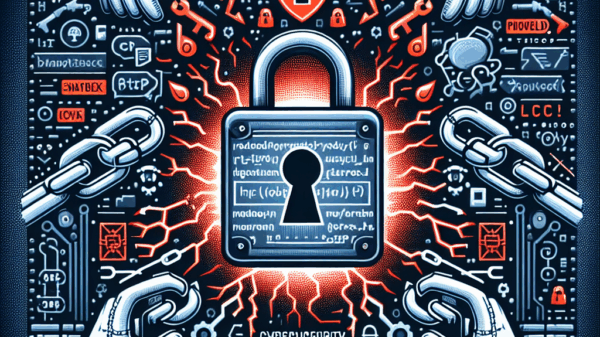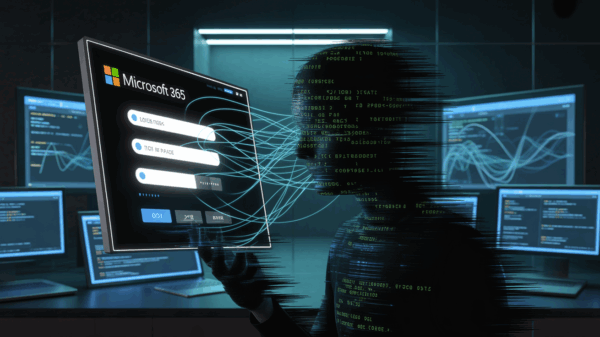A recent report by the cybersecurity firm RSA reveals that organizations are struggling to effectively combat identity-related breaches, despite significant investments in enhanced access controls. Many experts indicate their organizations have experienced at least one identity-related breach in recent years, with most resulting in operational damage.
The challenges contributing to these breaches often stem from basic security oversights, such as password reuse, inadequate verification processes, and misplaced confidence in outdated systems. Once attackers gain entry through a compromised account, they can exploit vulnerabilities for extended periods, often going unnoticed for weeks.
Challenges of Transitioning to Passwordless Systems
Despite ongoing efforts to shift away from traditional passwords, they continue to dominate authentication methods. While many organizations express intentions to adopt passwordless systems, few are making significant progress in this transition. Modernizing identity controls across various platforms, including on-premises systems, cloud environments, and third-party applications, proves complex due to differing requirements.
Legacy software further complicates this process, as some applications cannot support passwordless methods without extensive modifications. Every shared password or duplicated access token introduces a potential weak link, increasing the risk of breaches. Where passwordless adoption is more prevalent, organizations report fewer identity-related breaches and associated losses. Conversely, those that still rely heavily on passwords see a rise in breach incidents.
Many recent breaches have originated from social engineering tactics, such as convincing phone calls or chat messages from individuals impersonating employees. These tactics exploit the training of support teams, which often prioritizes assisting users over verifying their legitimacy. Unfortunately, few organizations have implemented stronger identity checks for support interactions, often still relying on easily manipulated security questions, one-time codes, or passwords to confirm a caller’s identity.
When help desks fall victim to these scams, the consequences can be severe. A single reset can grant an intruder legitimate access, enabling them to impersonate legitimate users, steal sensitive data, and escalate their privileges.
Zero Trust Maturity and the Role of AI
Research indicates that many organizations believe they are progressing in their Zero Trust journey, yet breach statistics tell a contrasting story. Only a small percentage of respondents report achieving full zero trust maturity regarding identity management, while many still experience serious breaches. This discrepancy raises important questions about how organizations measure their progress.
Implementing Multi-Factor Authentication (MFA) and tightening access policies demonstrate commitment, but ensuring consistent application across all systems and user groups remains a significant challenge. Experts contend that visibility and enforcement are still inadequate, particularly in large hybrid environments. Zero trust should not be seen as a checklist, but as a fundamental shift in how access is granted and monitored. Until this shift is complete, breaches originating from stolen credentials will continue to undermine its effectiveness.
Artificial intelligence has emerged as a key source of optimism among security teams. Many experts believe that AI will bolster defenses more effectively than it will aid attackers. Organizations are increasingly planning to integrate AI-driven detection and response tools into their security operations. AI’s ability to analyze large data volumes, detect unusual activity, and automate response measures can significantly enhance security.
Additionally, AI can assist security teams in identifying suspicious patterns in identity usage that may indicate compromised accounts. Nevertheless, AI alone will not resolve fundamental issues. Weak passwords and outdated verification methods will persist as challenges, regardless of technological advancements. Without stronger foundational security practices, automation risks exacerbating existing vulnerabilities.
As organizations work to enhance their security measures, addressing the persistent reliance on passwords remains crucial to effectively mitigating identity-related breaches.






































































